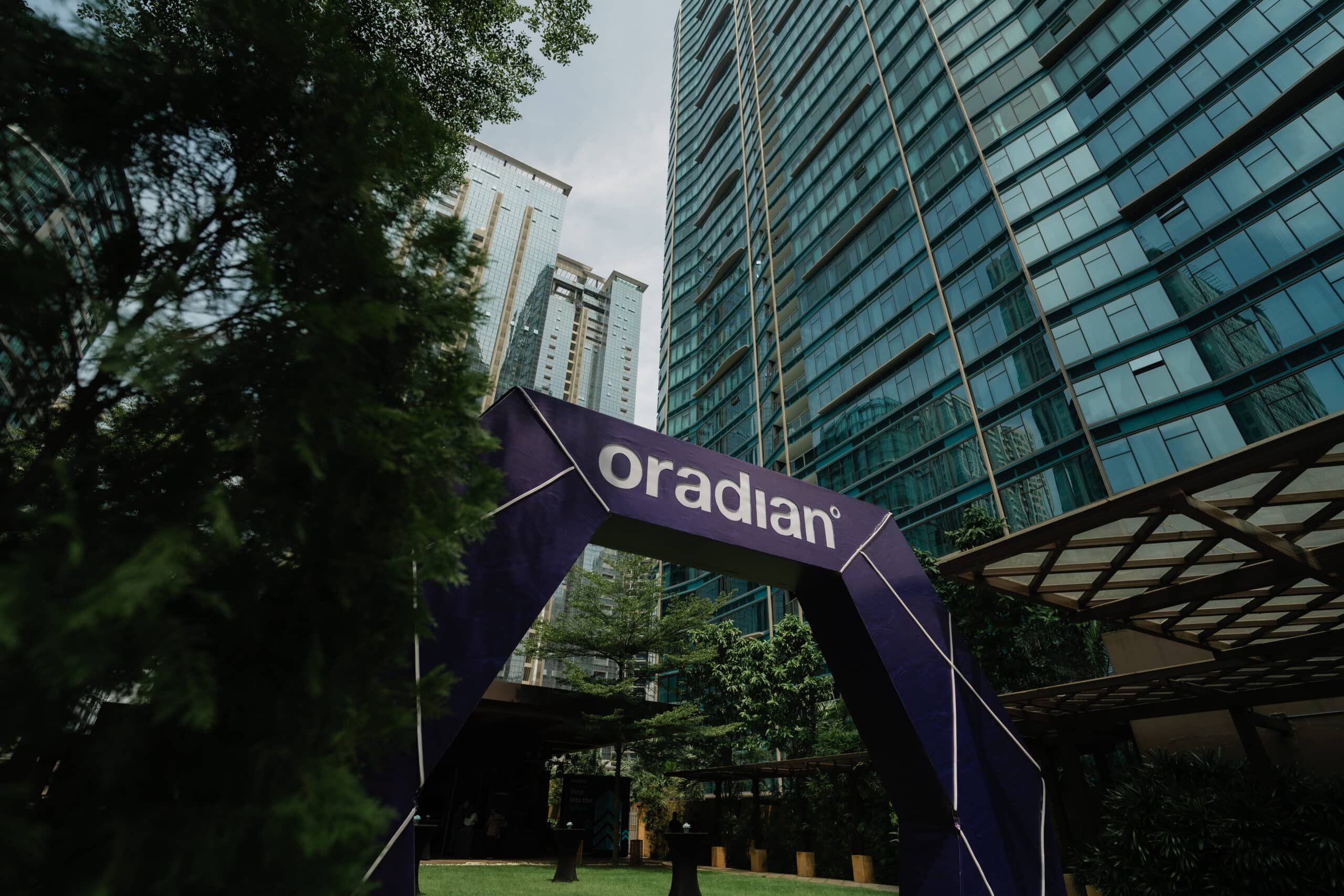Oradian’s core banking system is extensible, which means it can be easily and quickly configured by its users. An intuitive UI and advanced APIs enable users to integrate new features without development work or input from the system provider.
A major point of confusion among users of core banking systems is the meaning of ‘customisation’. We prefer to stay away from that word because we think it implies a need for advanced coding and development knowledge – knowledge many of our customers simply do not have.
Instead, our system is configurable, which means our users can change it at the click of a button – this is a ‘no-code’ approach that enables them to only use the particular modules and features they need, and create a core banking system specific to their requirements, rather than a one-size-fits-all approach.
Our own team takes care of the more complicated changes and updates, released to all our users for no additional fee.
Part of this configurability is the principle of parametrisation.
What is parametrisation?
Parametrisation is all about making life much easier for Oradian’s users.
In the past, customers would have had to shell out to developers or to the core system providers for customisation, or even to do something as simple as configuring a specific loan product.
With parametrisation, there is no need for external customisation. Instead, the whole process is done through the user interface, with users able to add new inputs, configure new behaviours or add new modules within the range of functions – i.e. the parameters – set by the product’s developers, through little more than the click of a button.
Custom fields are a good example of parametrisation because they allow users to easily and quickly expand the scope of the core banking system without any coding requirements, simply by extending something the system already does.
It requires neither in-depth knowledge nor a complicated skillset.
Why is parametrisation important?
“Developer” is fast becoming on the world’s major professions. Already, according to Developer Nation, there were 26.8 million active software developers across the world, with the number expected to reach 45 million by the end of the decade.
However, the emerging markets in which Oradian works are often underserved by software development talent. For instance, the International Finance Corporation’s 2021 report on the African internet economy suggests there are only 690,000 software developers in the whole continent.
In addition, a wide variety of programming languages may make it difficult for organisations to find individuals fluent in the variety used by their core banking system.
What this means is, although development knowledge is widespread, it is unevenly distributed. The reality for many financial institutions in Africa is that they simply cannot access the development talent they demand.
This is even more true for rural banks – although there are developers in larger cities, it is often harder to recruit and employ them in remote areas.
That’s why parameterisation is so important. It enables financial institutions to make full use of their core banking system, adding and configuring features as they go, without investing in scarce coding expertise or retraining staff to learn programming languages.






